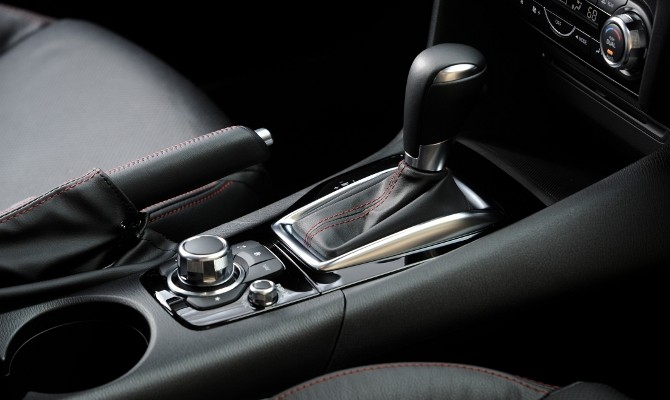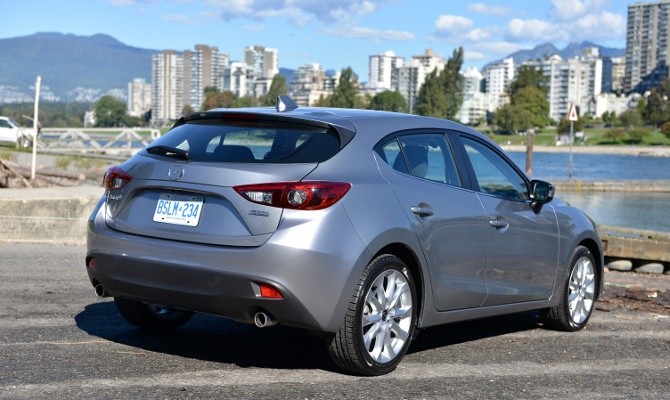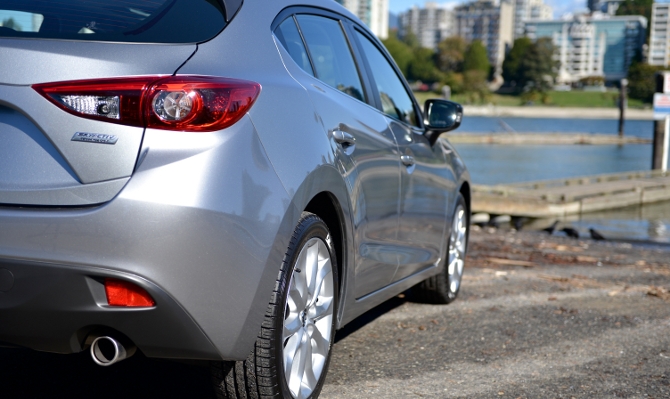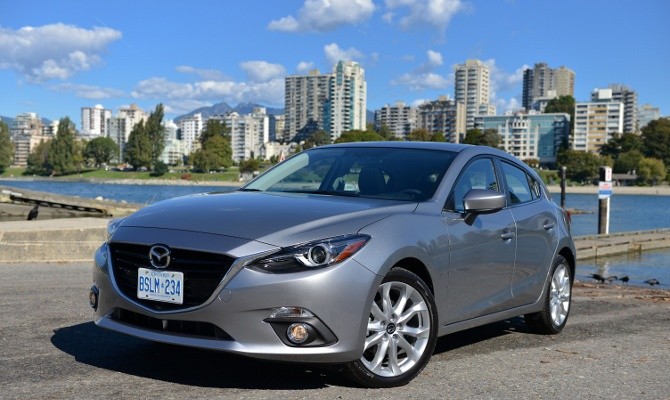Leipzig, Germany
BMW believes there is a big future for wind power in its cars.
No, not for the propulsion of the prestige brand’s models but the making of their sleek machines of the future.
Long before visitors arrive at the auto manufacturer’s new hi-tech factory in this economically depressed region of what was once communist East Germany, they were greeted with a wave from four giant wind turbines. Those metal giants power the production of the impressive five-seater BMW i3, test driven today – by me – for Driveway.
The i3 models now roll silently off the production line; silently, not just because it’s an all-electric vehicle but also because the entire manufacturing process rarely rises above a whisper.
The BMW i3 is the first of the manufacturer’s projects for which the environmental sustainability objectives were determinedly set at the same high standards as the economic goals applied to the manufacturing process. Next year, it will be joined by the i8, which looks every inch a super-sports car.
To achieve those lofty dual goals, the BMW Group retains close control over the complete production process from the carbon fibre production, which starts in a hydroelectric powered plant in Moses Lake, Wash.
Entire noisy and stinky processes associated with manufacturing in steel are gone. Robots screw and bond the important parts together and send the shells on their way, suspended form an overhead rail. Happy workers can actually hear each other chat down on the factory floor, bathed in sunlight and breathing freely courtesy of an efficient hi-tech ventilation system.
Amazingly, the energy used is 50 per cent of that required to turn out a conventional car and 70 per cent less water is used. My group roamed around looking for waste, which turned out to be a waste (of time) in itself. The bits and bats and ‘wasted’ trim are gathered up and recycled for use elsewhere along the production line.
BMW even boasts the lithium ion batteries that will power each car’s motor will outlive the individual car’s life. They can be used as storage batteries when the car is put out to pasture… sorry, recycled.
If one of the eight modules should fail then a replacement easily drops in rather than there be a need for an entire battery replacement. The lightweight body is also designed with a view to quick and economical repair in the event of a collision. Body parts again drop into place with the minimum of fuss and cost. They say the cost of a fix will likely mirror that of putting a BMW 1-series back on the road after a similar crash.
Contact:
Email: keith [dot] morgan [at] drivewaybc [dot] ca
Twitter: @ChangeGears
Mazda, on a global scale, is a small company, so developing new products is a major undertaking. This is why they shared engineering with the Ford Motor Company for many years but that relationship dissolved in 2010. Instead of modifying existing, co-developed (more…)
Recent Comments
- { Enjoyed your Forest of Bowland in the BMW X5M, particularly the photo of the BMW in front of the main part of Stonyhurst College where... }
- { Bantam designed the Jeep, not Willy's or Ford. The American military gave the original Bantam prototype to Willys and Ford to copy. There is plenty... }
- { All Escalades come with a 6.2-lilter V8 engine that produces 420 horsepower. A six-speed automatic is the only transmission offered and drives the rear wheels.... }
- { Alexandra is an excellent journalist. }
Popular Posts
- Journey to a ‘Sparkling’ Luxury Okanagan Resort “Four lucky readers will put a Dodge Journey’s weekend-...
- The Need For Speed: Hike Those Highway Limits More than half of those polled believe the province sho...
- Drives-U-Crazy… Erratic drivers. An early morning drive from Kelowna to Vancouver is nor...
- Readers Respond: The Pros and Cons of Increasing B.C. Speed Limits Increasing the speed limits will only increase risk to...
- Honda CR-V Review: The Compact Crossover To Get Things Done The CRV is a very stylish and aerodynamic crossover veh...











